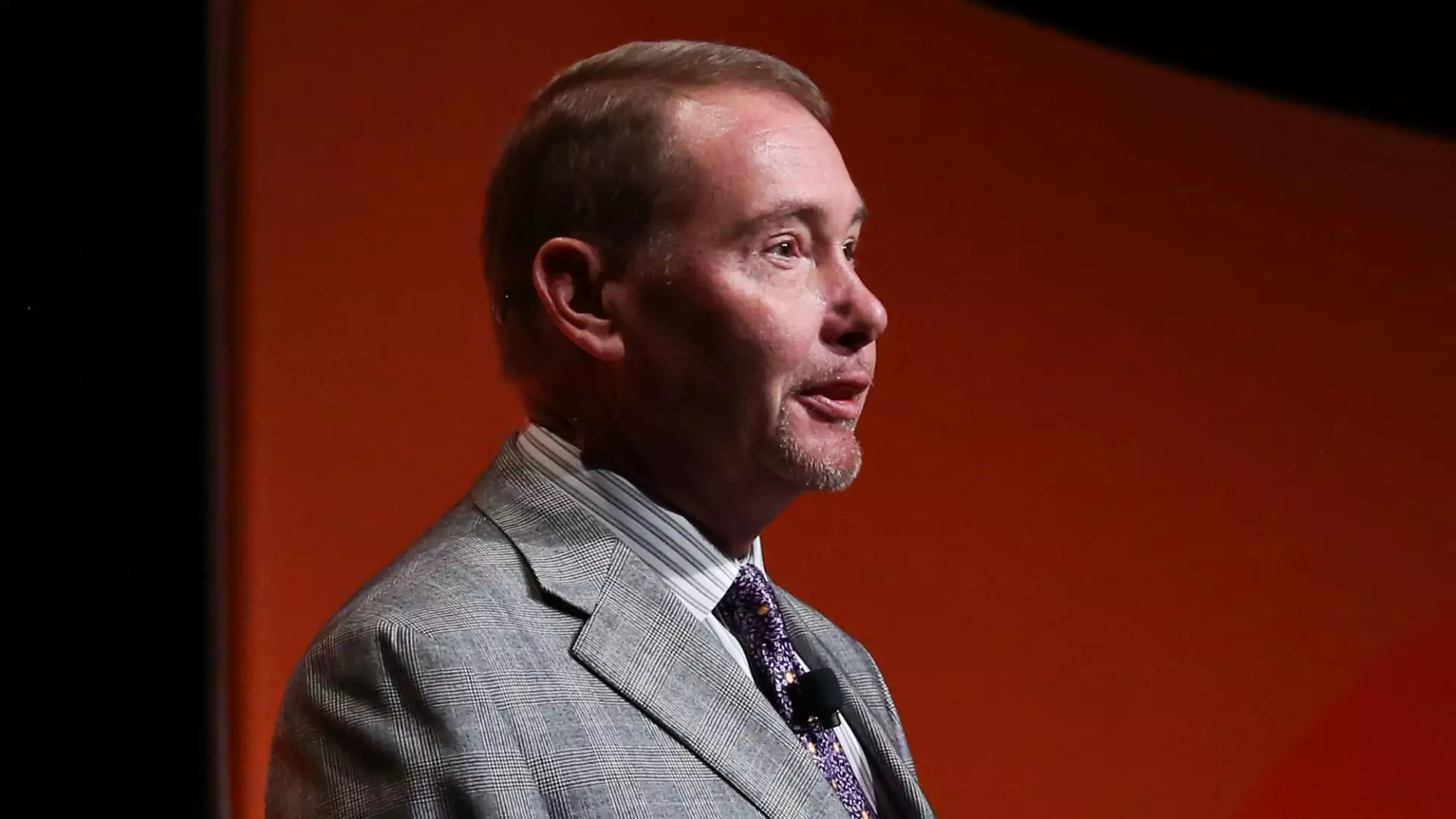Jeffrey Gundlach, the prominent CEO of DoubleLine Capital, recently voiced his concerns regarding the Federal Reserve’s approach to managing inflation and monetary policy. In his investor webcast, Gundlach highlighted a recurring theme: the Fed’s tendency to fixate on short-term data while overlooking broader economic trends. His metaphor of the Fed as “Mr. Magoo,” a character known for his clumsiness, underscores his belief that the central bank is navigating a complex economic landscape without a clear vision.
Before the Federal Reserve’s anticipated reading of the consumer price index (CPI), which showed a 0.4% rise in inflation for the month, Gundlach’s comments gained traction. The annual inflation rate settled at 2.9%, indicating persistent inflationary pressure. Although the core CPI—stripping out volatile food and energy prices—came in slightly below expectations, Gundlach emphasized that these figures still signify significant work ahead for the Fed to achieve its target inflation rate of 2%.
Gundlach pointed to the month-to-month CPI fluctuations and how they’ve influenced Fed policy, advocating for a more judicious approach. “CPI month-over-month changes have got the Fed zig-zagging,” he noted, illustrating the institution’s reactive nature instead of a proactive one. This volatility has contributed to a shift in market expectations around future interest rate cuts.
In the face of these economic indicators, the market has witnessed a dramatic evolution in its outlook for the Fed’s monetary policy. Once aggressive forecasts for rate cuts have transitioned to more conservative predictions, now suggesting just a single cut in 2025. The Fed itself has adjusted its own outlook, with projections for fewer rate cuts than previously anticipated. Gundlach posited that this realignment indicates an increased coherence between Fed actions and market expectations, yet he remained skeptical of the Fed’s strategy.
Since September, the central bank has implemented considerable rate cuts, including a notable half-point reduction in one month. However, as Gundlach pointed out, the latest intention to slow down on rate cuts might not equate to long-term stability. Instead, it reflects a reactive stance shaped largely by immediate economic data, neglecting a strategic viewpoint that takes broader trends into account.
The ongoing debate among economists and investors about the Federal Reserve’s future actions is crucial, especially as it navigates a landscape laden with economic complexities. Gundlach’s critique of the Fed’s myopic focus serves as a reminder of the importance of strategic foresight in economic policymaking. As inflationary pressures persist, and market dynamics continue to shift, the Fed must reconsider its current tactics. This evolution could be vital not only for restoring economic equilibrium but also for enhancing public confidence in the central bank’s ability to manage monetary policy effectively amid unpredictable times.

